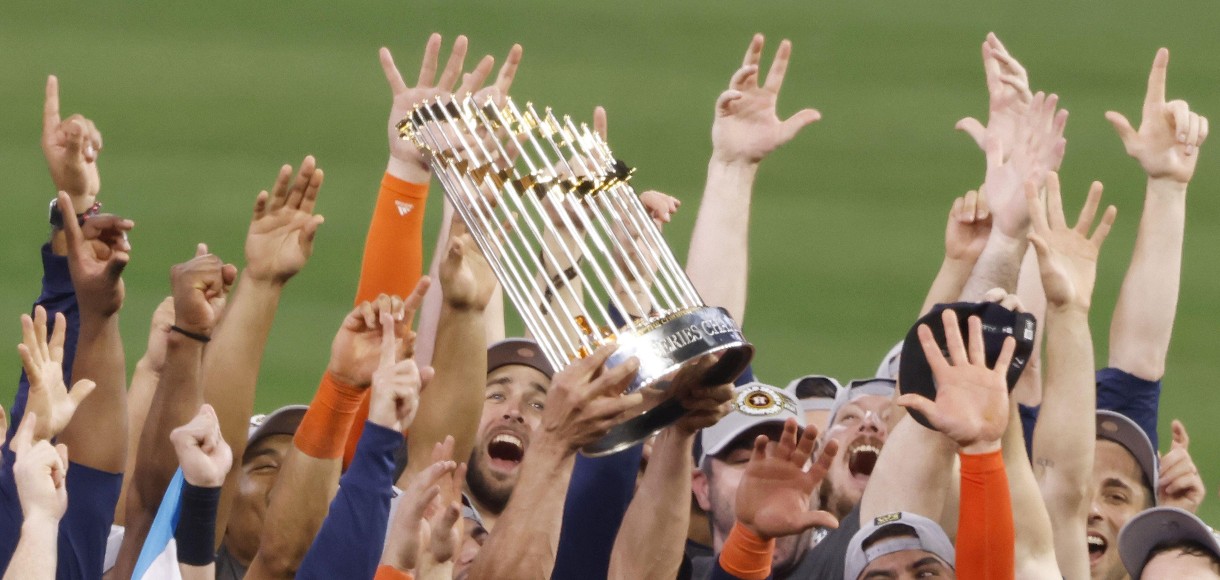5 of the greatest sporting careers lost to injury
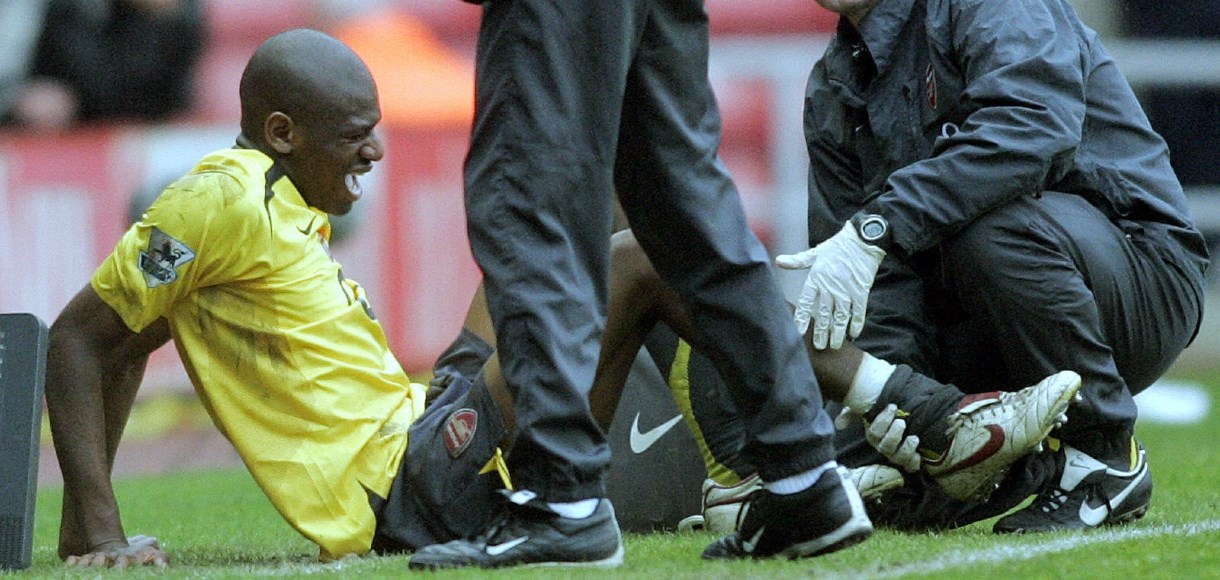 Source: Getty Images
Source: Getty Images
Sporting careers are short as it is, but some are cut even shorter by injury. We reflect on five of the greatest injury-hit talents.
Abou Diaby
It is easy to forget just how good Abou Diaby was.
A tall, rangy midfielder who glided round the pitch with ease, Diaby had the ability to dominate games both at the back and up front.
Comparisons with Patrick Vieira were just, although Diaby possessed more attacking flair than his older compatriot, while his physicality, as we all know, was not quite on the same level as his Gunners predecessor.
It was just five months into his Arsenal career in May 2006 that Diaby found himself on the end of a horror challenge from Sunderland defender Dan Smith that left him with a broken ankle and ruptured ligaments.
Three surgeries and an eight-month lay-off followed and Diaby was never really the same again, though he did continue to show glimpses of his brilliance, notably when scoring at Anfield in the 2008 Champions League quarter-final.
Ankle, thigh, knee, calf, hamstring, groin – the Frenchman suffered every injury imaginable before his release in 2015.
Over the course of nine years at Arsenal, Diaby managed just 180 appearances in all competitions.
When he retired in 2017 after two injury-filled years at Marseille, he had played just 208 club matches in his entire professional career.
Jonny Wilkinson
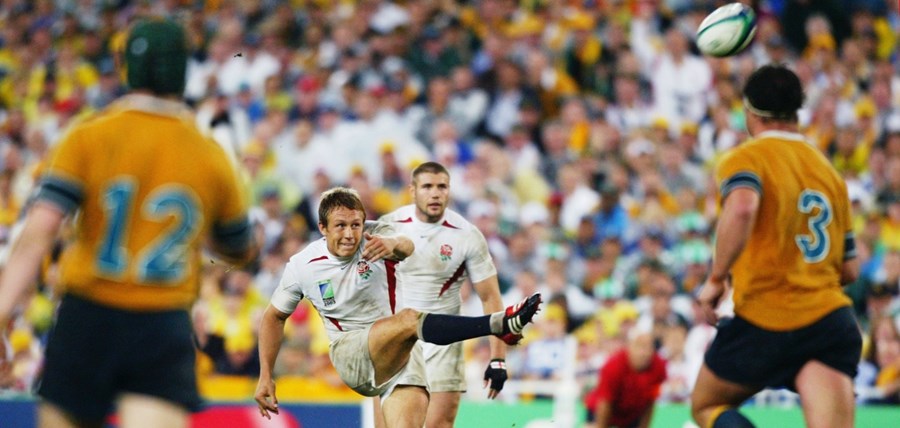
It may seem ridiculous that one of the greatest rugby players of all time is on this list, but Wilkinson’s incredible career – 91 international caps, a World Cup trophy, two Heineken Cups and two top-flight titles – was modest for a player of his talent.
When England won the World Cup in 2003 on the back of his famous drop goal, Wilkinson was at the peak of his powers.
Between that moment and the 2007 World Cup, Wilkinson played just 18 Test matches for England, hampered by a shoulder injury that would haunt him for the rest of his career.
For comparison, Dan Carter – the only player who has scored more Test points than Wilkinson, seen by many as the greatest fly-half of all time – played 38 Test matches for New Zealand in that time.
Wilkinson returned to lead England to the final in 2007, but his career following that tournament was stop-start, and he retired from internationals in 2011.
Wilkinson will always be seen as a legend of the game, but there will always be that nagging question: what else could he have achieved?
Simon Jones
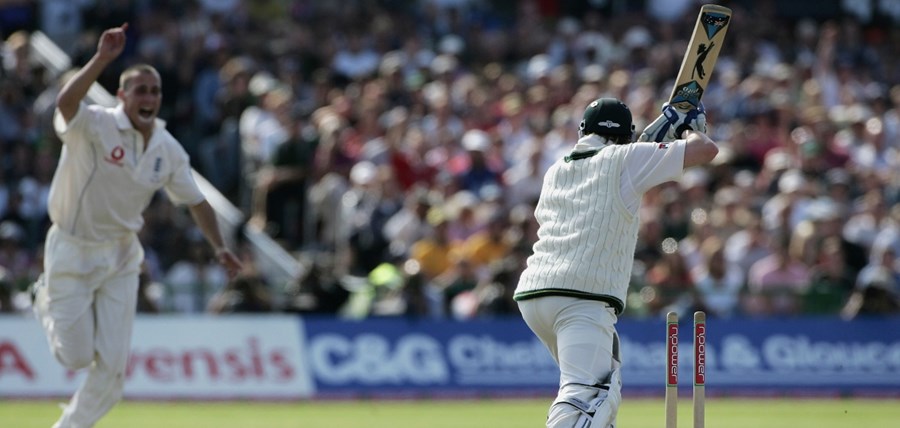
When Simon Jones suffered a second career-threatening injury in 2006, he was one of the world’s leading pace bowlers.
Just six months earlier he had ended the victorious 2005 Ashes series with 18 wickets at an average of just 21, despite missing the final match at The Oval through – you guessed it – injury.
His dismissal of Michael Clarke at Old Trafford will go down as one of the great Ashes deliveries, with the Australian leaving a ball which started well outside off before swinging in to clatter his stumps.
His ability to reverse-swing the ball put him among an elite group of bowlers, and at the age of 27, he was set for an exciting career at the very top of the sport.
Cruelly though, the fourth Ashes Test at Trent Bridge would end up being his last outing in an England shirt.
That catastrophic ankle injury, suffered in the build-up to England’s tour of India in January 2006, was followed by a series of recurring issues that ended his international hopes.
Jones would play county cricket for another seven years, but his injury problems limited his involvement and he retired in 2013.
Yao Ming
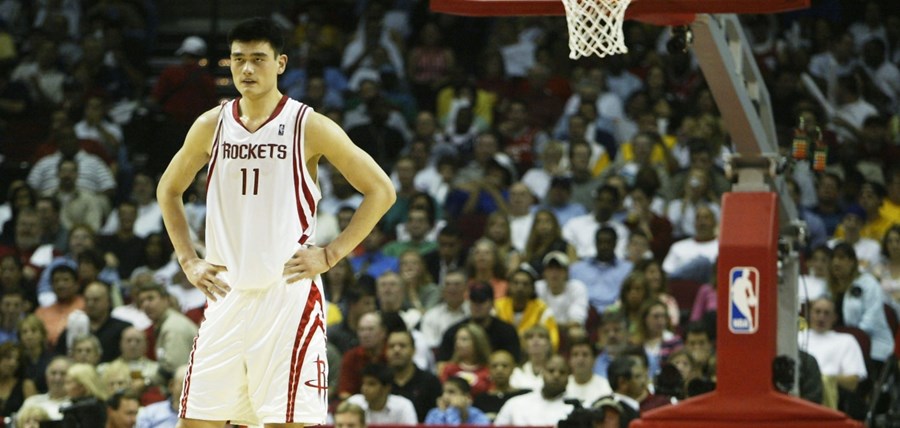
In 2016, Yao Ming was elected to the Naismith Basketball Hall of Fame for his contributions to the sport.
His success in the NBA had made him a symbol for China and its ongoing modernisation, while allowing the league to grow their popularity in the east exponentially.
On the court, though, he could have done so much more.
His talent carried Houston to the play-offs in four of his eight seasons, including their first play-off series win for 12 years, and he was selected as an All-Star eight times.
However, over the course of his final six seasons in Houston, Yao missed more than 250 games through injury.
He sat out the entire 2009-10 season with a foot issue, and eventually retired in 2011 after a final season which saw him play just five games.
His lost potential was summed up best by Shaquille O’Neal: “He could play inside, he could play outside, and if he didn't have those injuries he could've been up there in the top five centers to ever play the game."
Bo Jackson
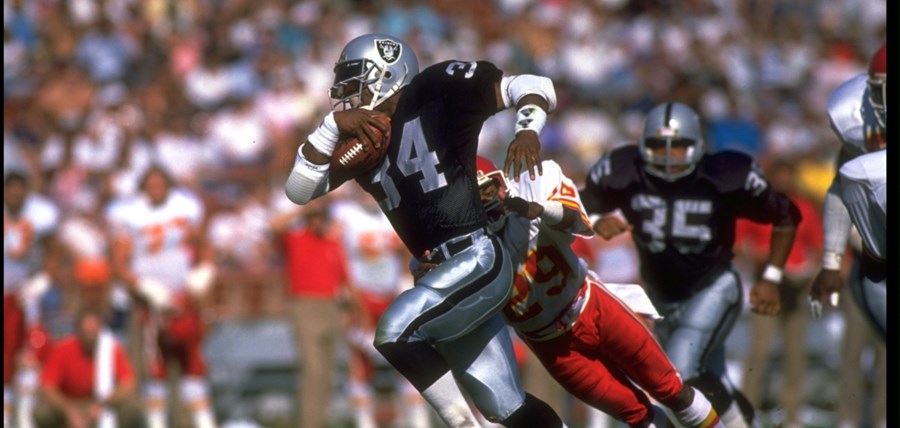
Bo Jackson was a once-in-a-lifetime athlete.
Between the years of 1986 and 1990, Jackson would play a full MLB season for the Kansas City Royals before flying west and linking up with the Los Angeles Raiders of the NFL.
He remains the only player to ever be named as an All-Star in both sports, while his celebrity status saw him become one of the very first superstar athletes.
Both his baseball and football careers were affected by a serious hip injury, but it was the latter in which the world lost out on a potential all-time great.
In four seasons in the NFL, Jackson developed into one of the league’s most-feared running backs, with his 103kg frame belied by his electric speed.
His football career ended in 1991 after he dislocated his hip, and although he went back to playing professional baseball, he was never the same.
That Jackson is still regarded as one of the world’s greatest-ever athletes is testament to his abilities, but the years he lost to injury are nothing short of a sporting tragedy.
Visit Betway's football betting page.












